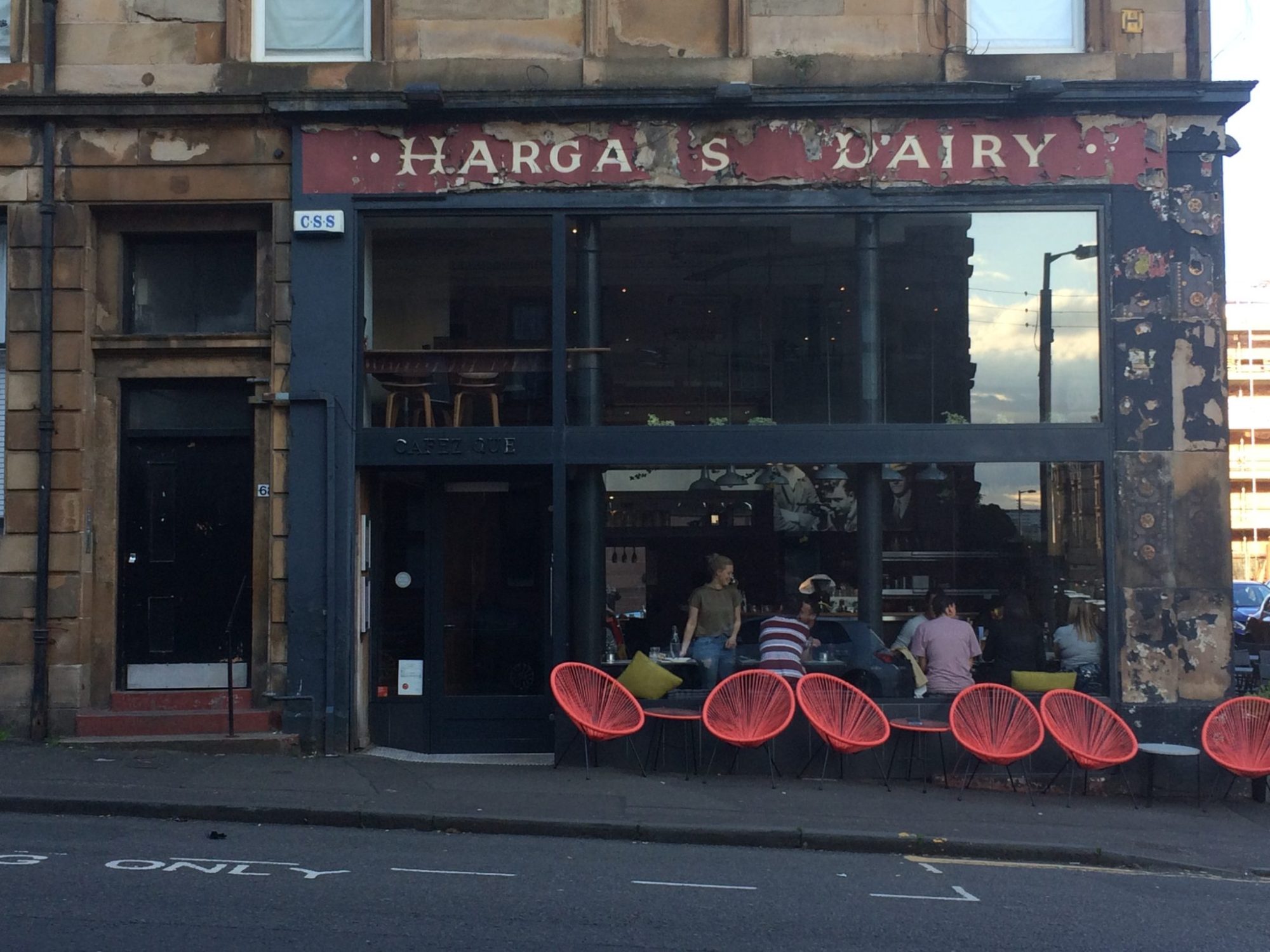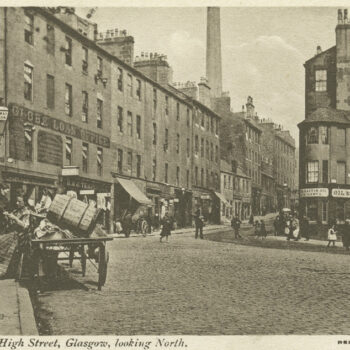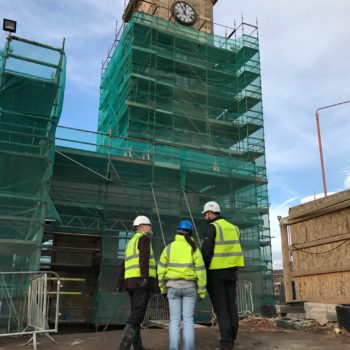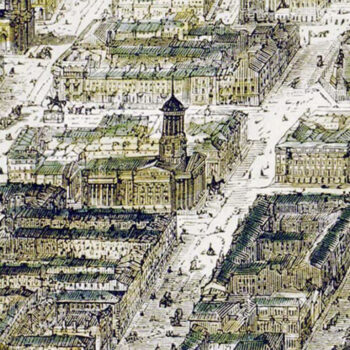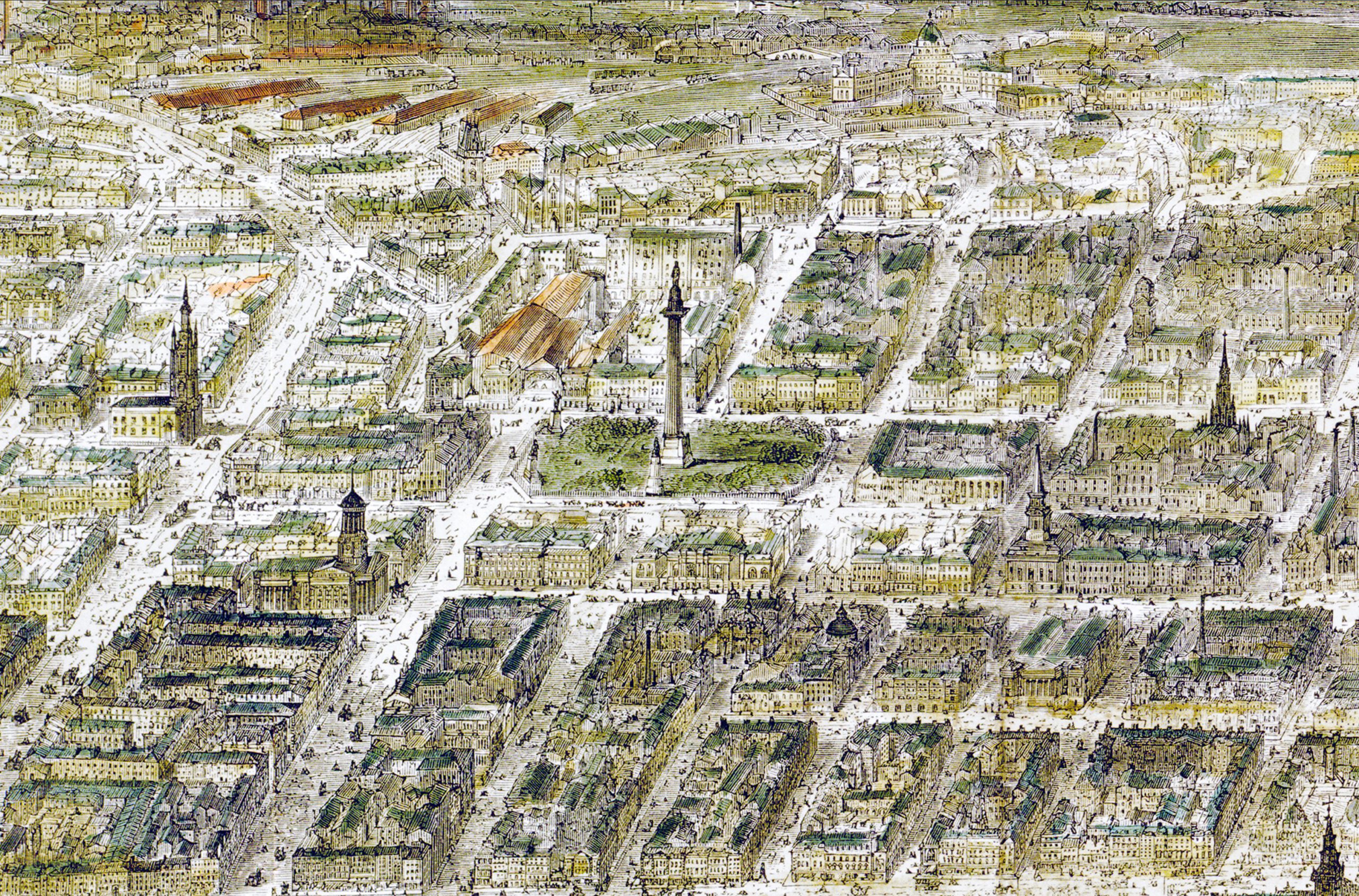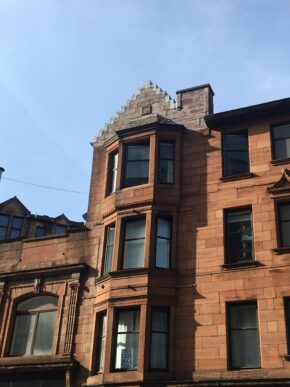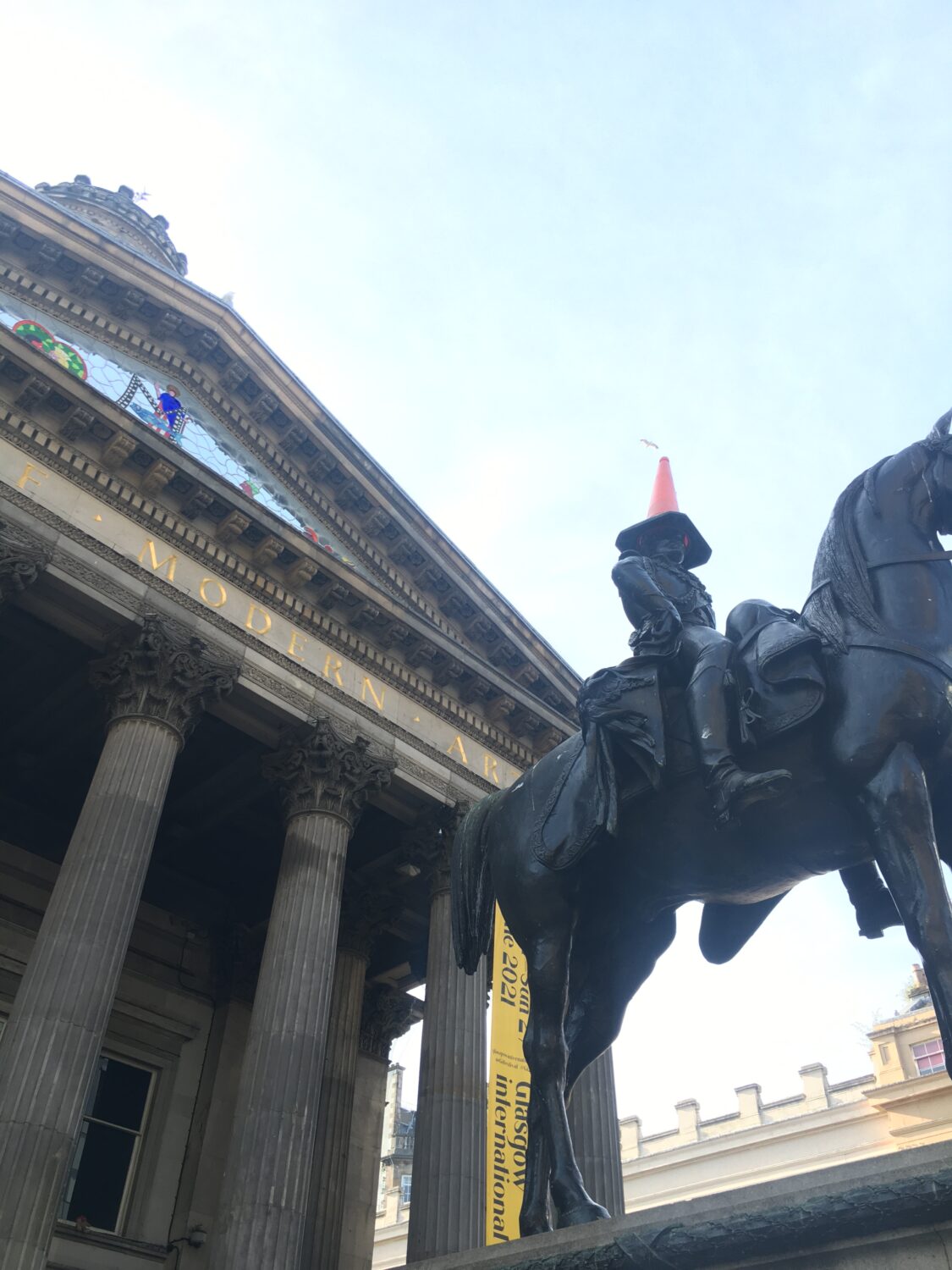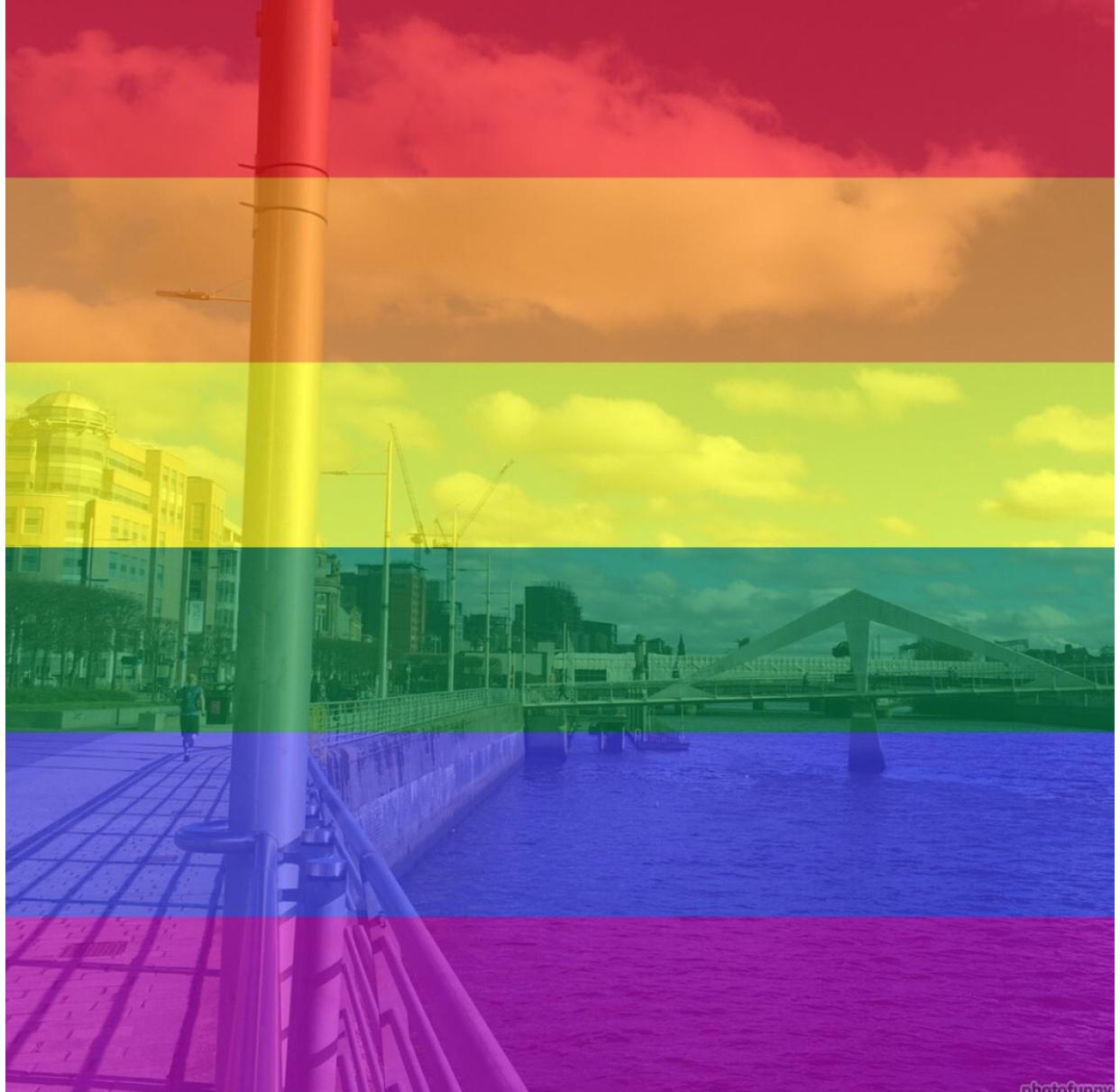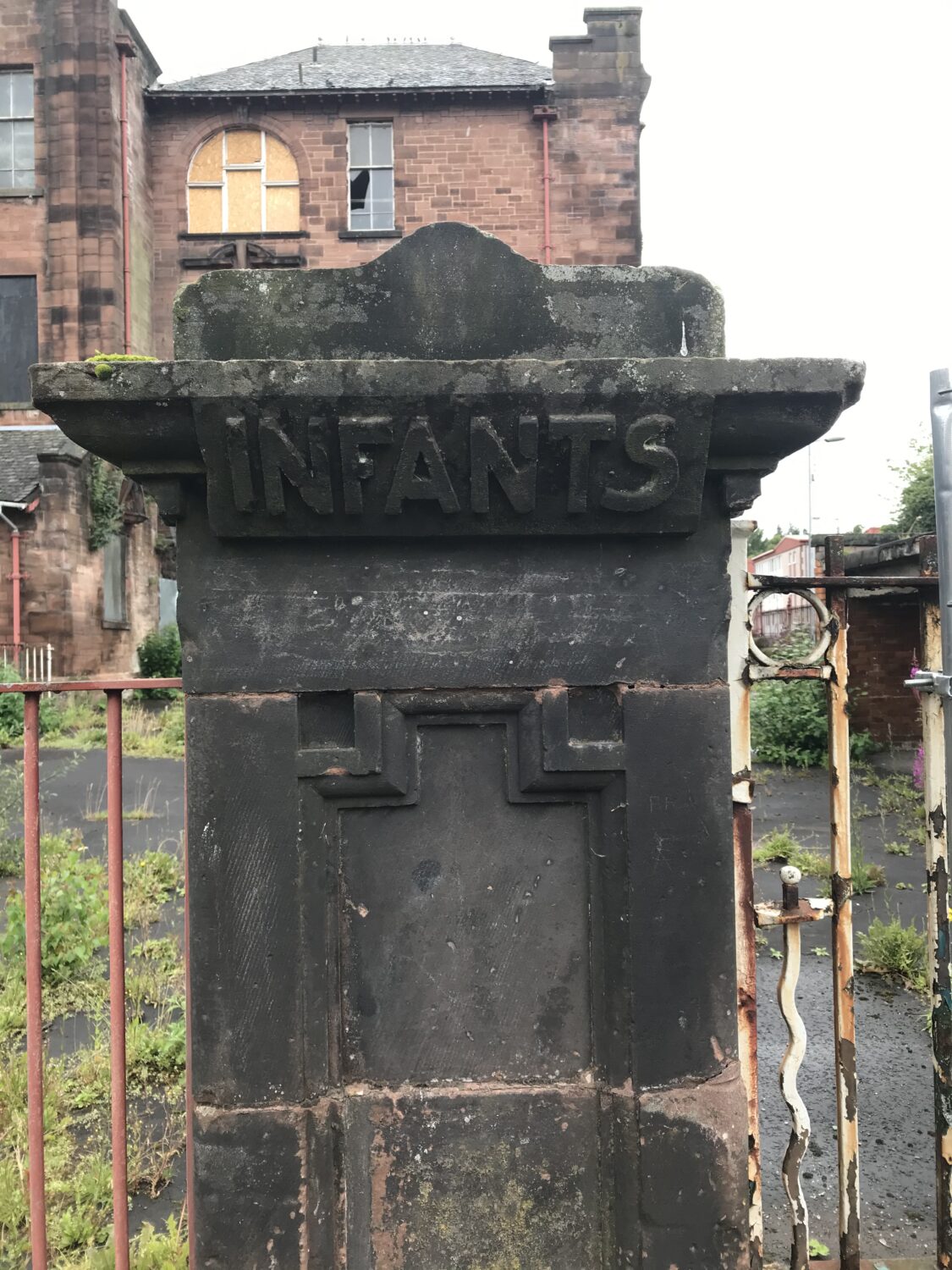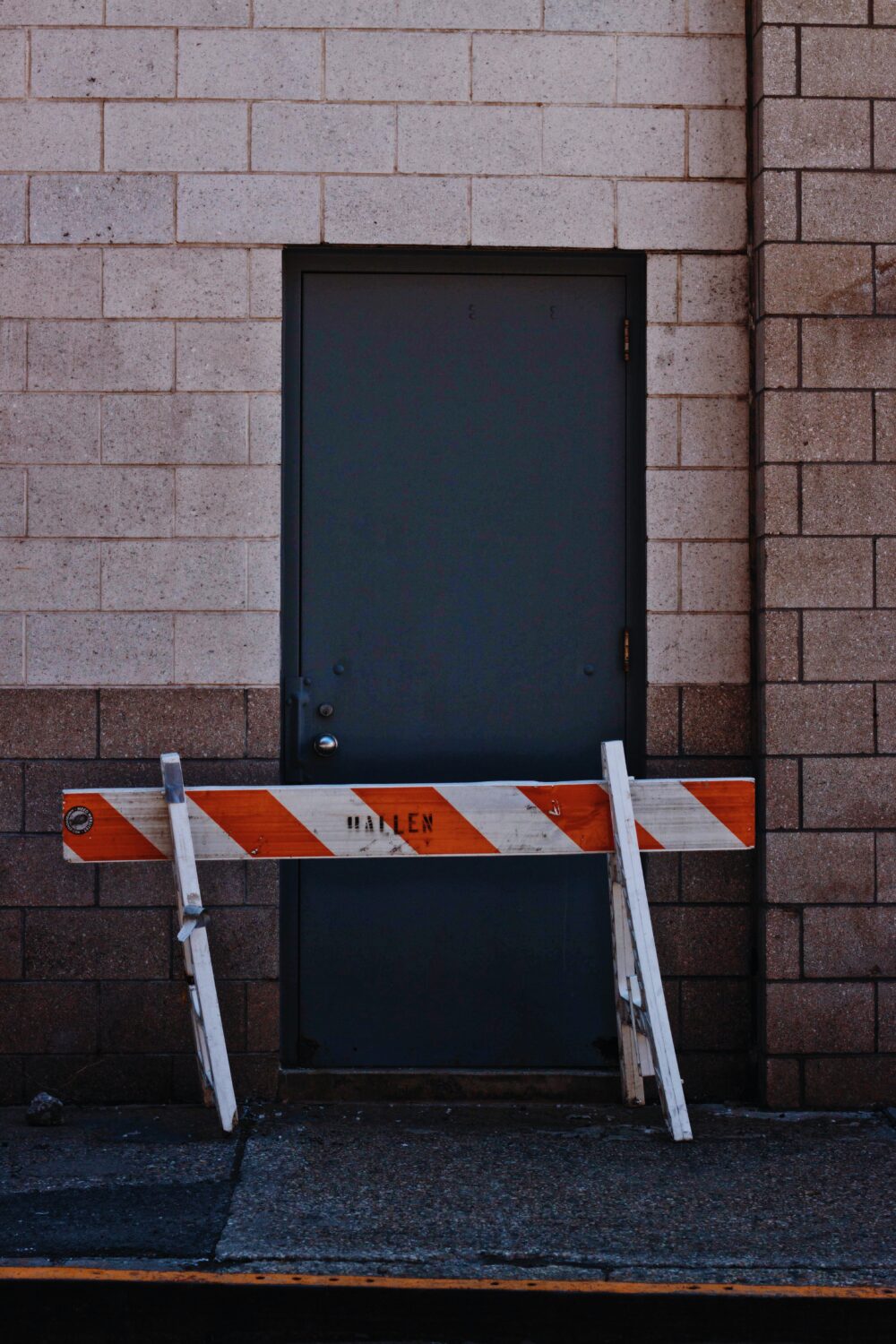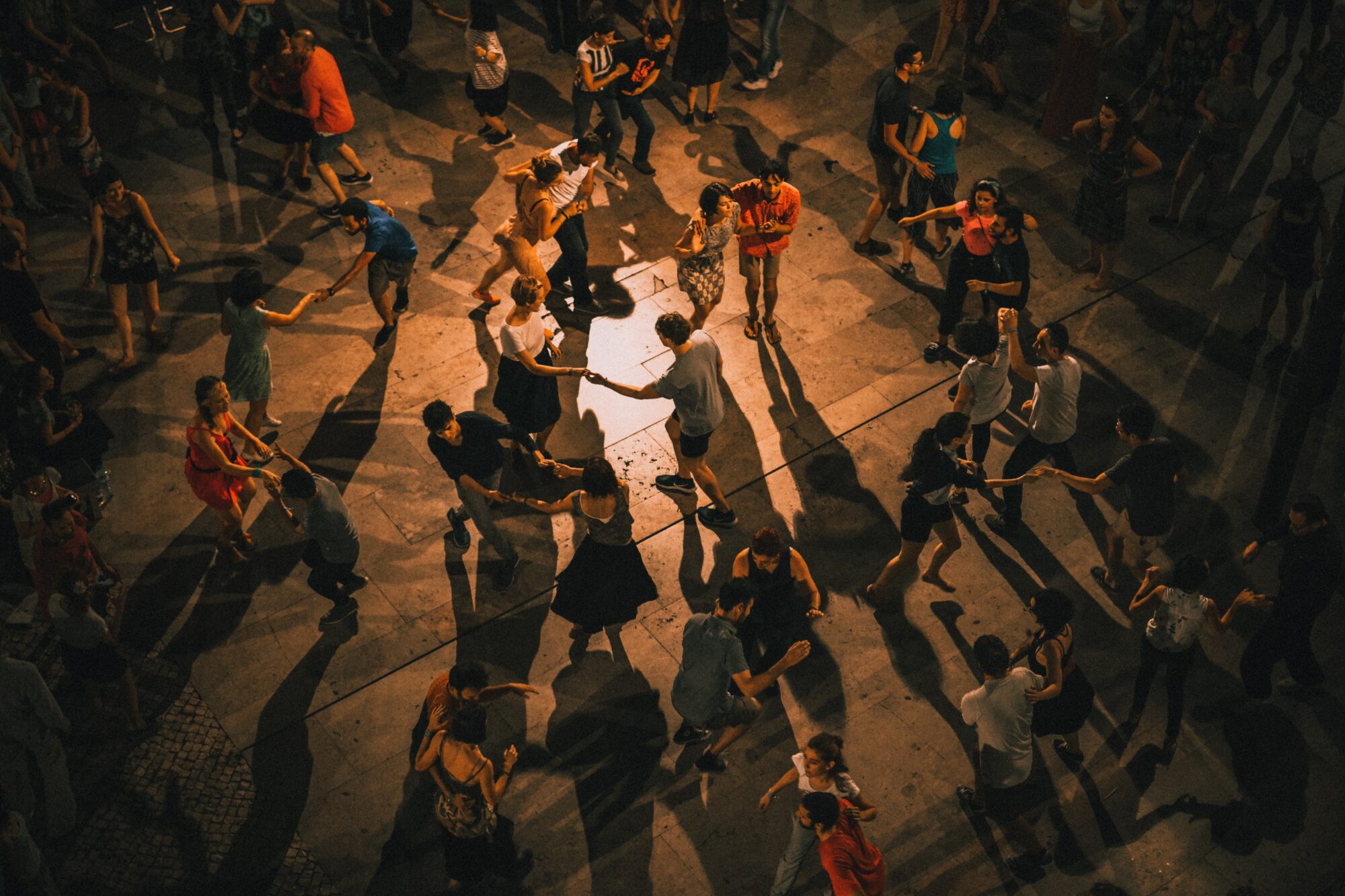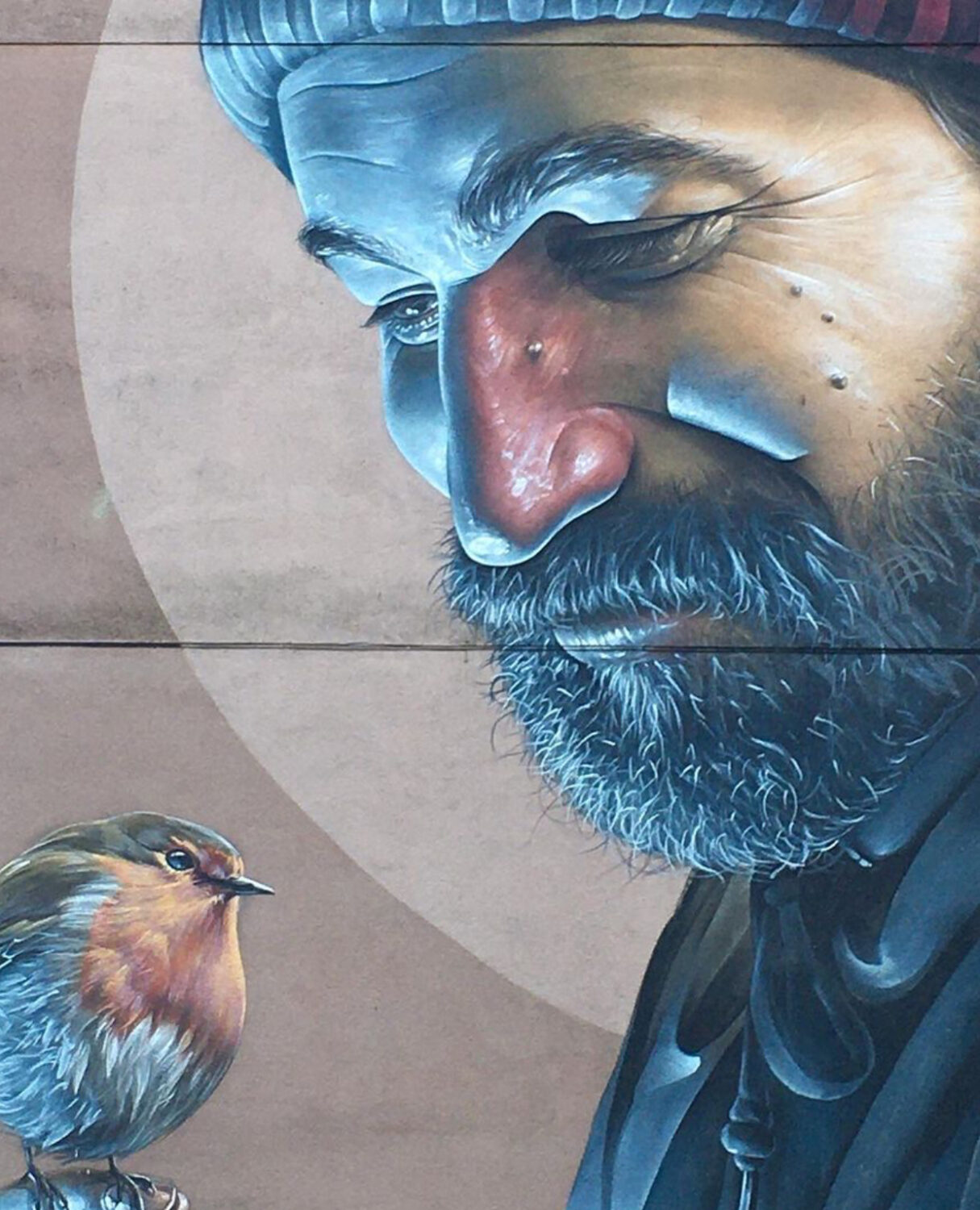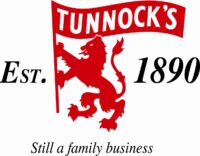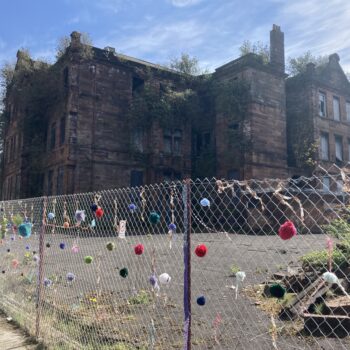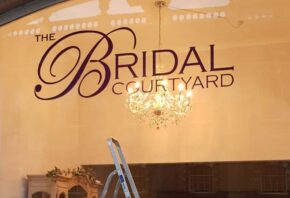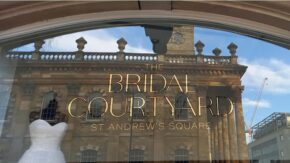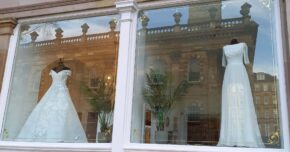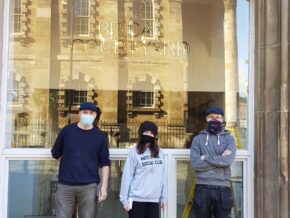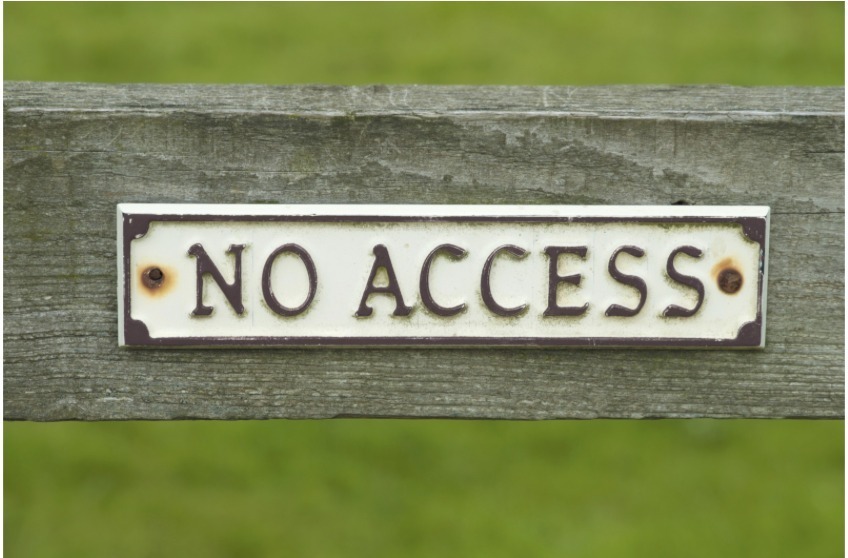
Wednesday 25th May 2022 | 12.30-1.30pm | GCHT Zoom Meeting
Historic buildings and heritage spaces make up a major part of our housing, offices, commercial and recreations spaces. Unfortunately, a lot of these buildings are inaccessible to disabled people, creating barriers to housing, employment, and the enjoyment and appreciation of heritage, culture and art.
What can we do to create spaces that are truly accessible and inclusive of everyone? What makes a space and experience accessible and what are the steps to achieve this status?
In this CPD, Emily Yates, Head of Accessibility and Inclusive Design at Mima, will discuss disability and the historic built environment, regulations for accessible buildings, what sort of adjustments might be needed in a historic building, and how to make adjustments that don’t cause hardship to the user or exclude them.
A great believer in inclusive end-to end experiences that benefit both the user and staff member, Emily has experience of auditing transport networks (Rio 2016 and Northern Rail), and football stadiums (Watford, Liverpool, West Ham). She has also delivered disability awareness training sessions (Dubai Expo 2020), digital access audits and created inclusive policies and standards for organisations to improve their internal and external accessibility (Heathrow Airport, National Railway Museum).
The CPD will be recorded and available to all ticket holders after the event.
£15 per person / £10 for students.
[ESPRESSO_TICKET_SELECTOR event_id=20850]
All sessions are recognised by the Institute of Historic Building Conservation (IHBC) as being capable of contributing to the obligatory CPD requirements of Full Members (see www.ihbc.org.uk)
We are using Zoom to broadcast our live talks. You can join these events as a participant without creating a Zoom account. You do not need to have a webcam or a microphone to join the event as a participant.
We aim to make our events as accessible as possible but if you feel that you might need some additional help, please let us know when you book your ticket or get in touch in advance. We’re open to feedback and would welcome your ideas on how we can improve in this area.
You will receive instructions on joining the event by email. If you haven’t received anything by midday on the day of the event, please check your spam folder and then contact us.


